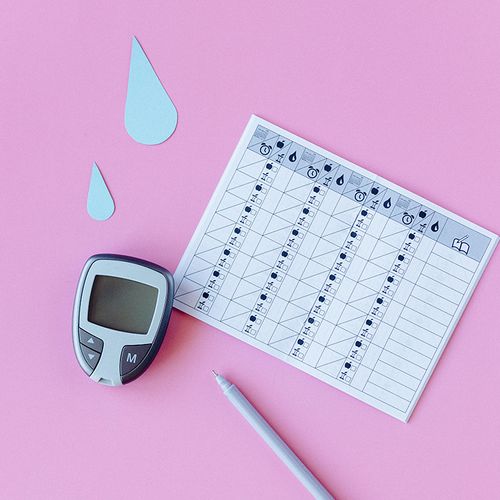The US Food and Drug Administration has issued new guidelines aimed at helping speed up the development of artificial pancreas systems.
If they become a reality, such technologies could make a huge difference for people with type 1 diabetes, who need insulin injections to control their blood sugar and survive.
Background
Artificial pancreas systems combine current technologies for continuous blood sugar monitoring and pumps to deliver insulin as needed. These systems are designed to keep patients' insulin levels within normal ranges, by reacting to changes in blood sugar.
So far, however, equipment problems, computer glitches and problems with the insulin used have hampered development of these systems according to the FDA.
"We really are trying to get these devices to the market as quickly as possible," Charles Zimliki, PhD, leader of the FDA's Artificial Pancreas Working Groups and Critical Path Initiative, said during a news conference.
That's why the agency has taken the unusual step of developing a guidance for approval, something which is usually done after a device had been developed and tested, he said.
Dr. Zimliki said he has no idea when an approved device might be available. To date, the FDA has approved more than 20 clinical studies for artificial pancreas systems.
The Purpose Of The Guidelines
The FDA's new guidelines make designing, testing and safety and effectiveness requirements more flexible. For example, they propose more flexibility in the choice of clinical trial outcomes, number of patients needed and the length of the trial.
"We really wanted to make a push; we felt like it was a good idea to give academicians and people that aren't familiar with the regulatory process a pathway to develop these systems, Dr. Zimliki said. "We want people to move these things forward; we think this guidance will allow people to get a safe and effective product on the market quickly."
An Artificial Pancreas System
In type 1 diabetes, the pancreas produces little or no insulin, an essential hormone necessary for controlling blood sugar. People with type 1 diabetes have to monitor their blood sugar throughout the day, and calculate how much insulin they need to lower their blood sugar, which is delivered using a syringe or insulin pump.
An artificial pancreas system combines an insulin pump and a continuous glucose monitor with a sensor placed under the patient's skin. The pump and monitor work together, tracking blood sugar and automatically pumping measured doses of insulin as determined by a computer algorithm.
These systems help eliminate, or reduce the severity of dangerous drops in blood sugar by stopping insulin administration when blood sugar levels near a predetermined threshold.
The device is not a cure, but it might reduce dangerous high and low blood sugar levels, giving patients a better quality of life and reducing the risk of diabetes-related complications, the FDA said.
Recommendations For Trials
The new guidelines recommend a three-phase clinical study progression "so that studies may move to an outpatient setting as quickly as possible." The agency is also suggesting other ways to streamline the testing process, including ways to use existing safety and effectiveness data for the components that make up the system, and allowing data from clinical studies done outside of the United States to be used in the approval process.
In addition, those conducting the clinical trials have the option of demonstrating that the system controls blood sugar as well as standard therapies, or showing that it gives better blood sugar control when compared with other therapies.
"When final, the guidance will help manufacturers and investigators assemble submissions for clinical trials as well as product-approval submissions," the FDA said.
Hurdles To Overcome
Hurdles in developing these systems include making sure the implanted sensors remain clear, the need to periodically recalibrate blood sugar monitors, problems with the software needed to operate insulin infusion pumps, problems creating algorithms to deliver insulin that take into account how long it takes the body to absorb it, the need for a faster-acting insulin and the overall development of safer and more reliable algorithms.
Another issue is the lack of a glucagon formulation that can be used in infusion pumps. Glucagon is a hormone used to treat severe low blood sugar. "There is a need for a glucagon formulation that is stable over several days and can be delivered by an infusion pump," the FDA said.
